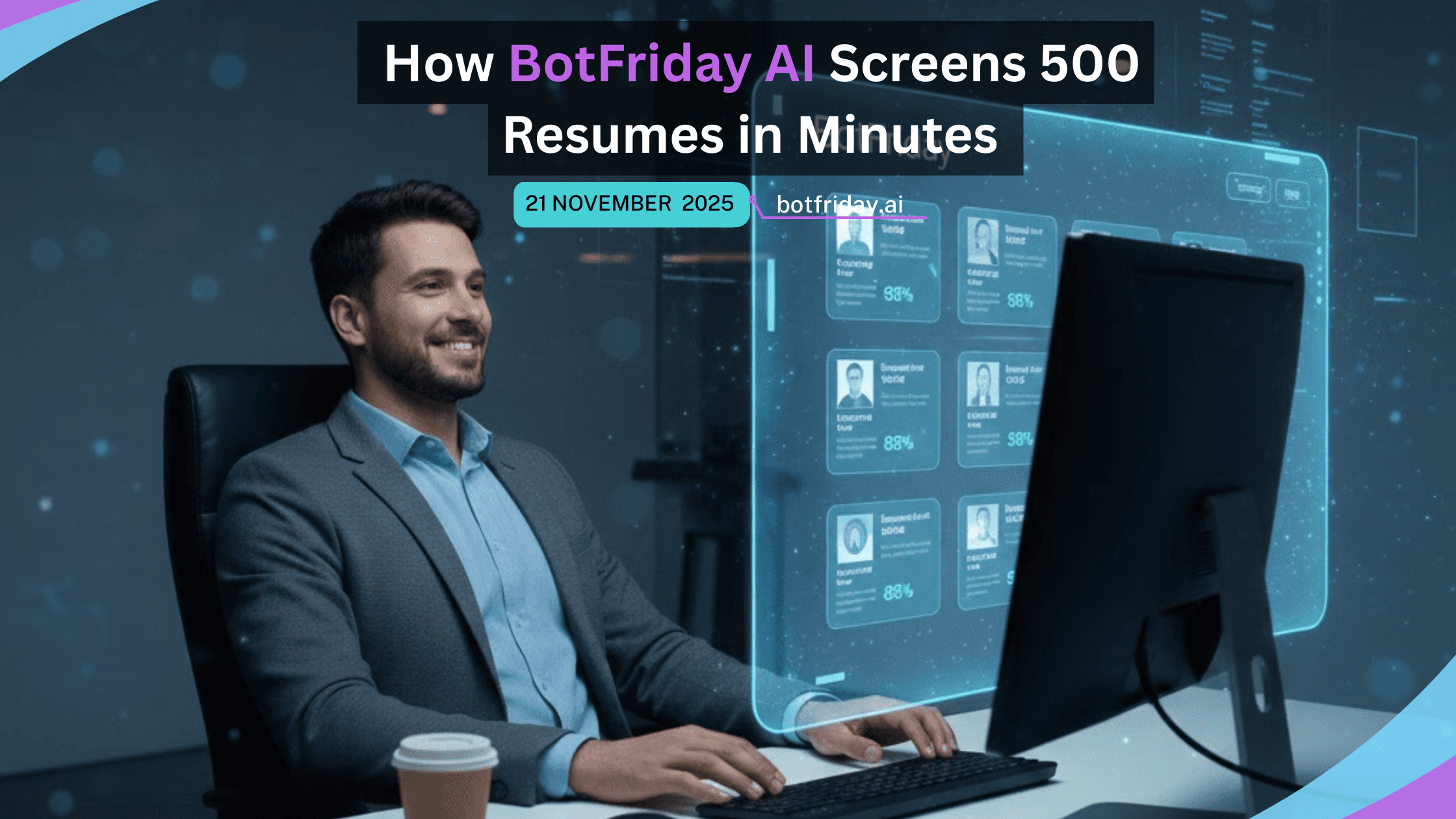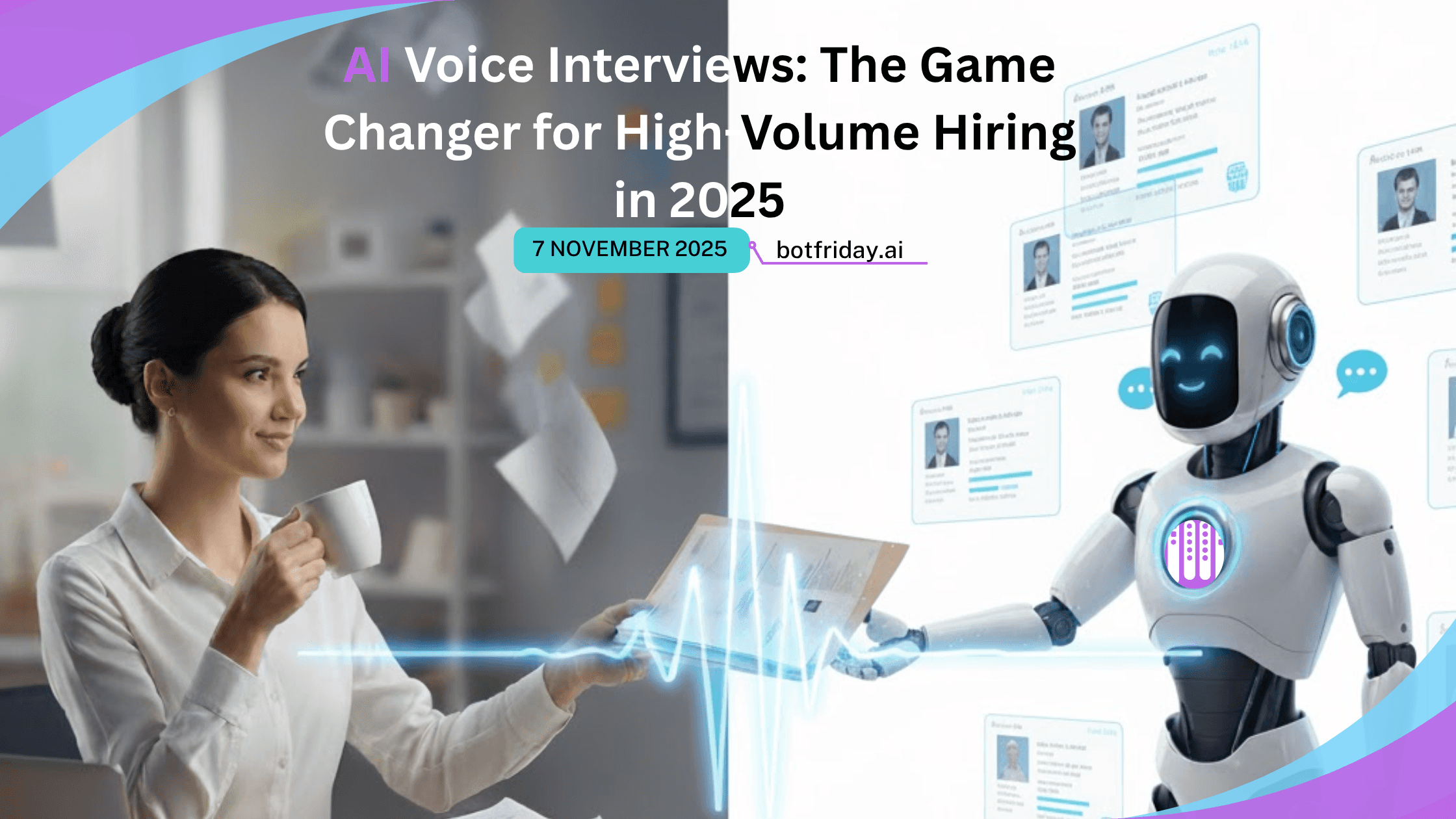What Skill-Based Hiring, Done Right, Can Unlock for Your Company
6
min read
June 26, 2025
The traditional résumé is starting to break.
Most companies already know this. Degrees are unreliable predictors of performance. Work experience often reads more like a list of companies than a record of ability. And in an age where AI can write your cover letter in 30 seconds, it’s getting harder to tell who can actually do the job.
That’s where skill-based hiring comes in, not as a trend, but as a reset.
Done right, skill based recruiting helps you cut through the noise, reduce bias, and hire faster. Done poorly, it becomes just another box-ticking exercise. The difference comes down to consistency, structure, and clarity on what you’re actually trying to assess.
Not all roles are equal and that’s okay
There’s a misconception that skill-based assessment means giving everyone a coding test or a take-home project. That’s too narrow.
Here’s a clearer way to think about what is skill based hiring: every role has core capabilities that can be surfaced. The format just needs to change depending on what those are.
🔍 Roles where skill assessment is direct and effective:
Software Engineers - via live coding, pair programming, or architectural walkthroughs
Salespeople - via mock pitches, cold-call simulations, or objection handling tasks
Customer Support - via empathy tests, mock support calls, and communication exercises
Content & Design - via portfolios, time-bound writing/design tasks, or critique exercises
Analysts & Ops - via modeling exercises, case walkthroughs, or scenario-based questions
For these, skill isn’t abstract. It’s visible. You can create a standard workflow to test for it.
In one setup we’ve seen, companies replaced their résumé screen with a voice-based screening call and used AI in recruiting. Candidates were asked open-ended, role-relevant questions, and scored across a consistent rubric. It turned out to be one of the strongest predictors of downstream performance and reduced ghosting.
But what about roles where skill is harder to isolate?
Not every role can be scored with a test. That doesn’t mean you give up.
🧠 Leadership, Strategy, and Vision Roles
Think heads of product, creative directors, or senior business leaders. Here, the goal is not to test execution, but to surface judgment. You don’t ask them to perform tasks, you ask them how they’ve made decisions in the past, or how they’d approach specific challenges.
You can still standardize this. For example:
Ask every candidate to walk through a difficult trade-off they made
Use structured “what would you do if…” questions relevant to the role
Evaluate for clarity, reasoning, and domain understanding
Is it as clear-cut as a technical task? No. But it’s still better than winging it.
The quiet power of soft-signal evaluation
Here’s something most companies miss: soft skills can be assessed too. Responsiveness, tone, effort and adaptability all show up early in the funnel, if you look for them.
Some patterns worth tracking:
Do they reply to recruiter messages quickly or after multiple nudges?
Do they write like they care, or does everything feel autopilot?
Do they ask thoughtful questions?
How do they sound when speaking about their past work?
You don’t need elaborate behavioral assessments to notice this. You just need a way to track it consistently whether manually or through tooling.
In our case, we’ve seen teams score candidates on their voice call performance (things like clarity, curiosity, or depth of explanation) to build a soft-skill signal early on. It’s not just about what someone says but how they say it.
Human inconsistency is your real enemy
The biggest reason skill-based hiring fails isn’t a lack of intent. It’s inconsistency.
One interviewer goes off-script.
Another gives hints.
A third prefers confident speakers and unconsciously penalizes quieter candidates.
Over time, these variations compound. You end up hiring for interview performance, not job readiness.
To fix this, you need:
Standardized questions (for both hard and soft skill assessment)
Defined rubrics
A record of candidate responses (so you can review, calibrate, and learn)
This doesn’t require heavy infrastructure. Even a simple 10-minute voice interview, scored the same way every time, can outperform most résumé filters.
The cheat-proof advantage of live interaction
Let’s talk about take-home tests for a second.
They have their place. But they also come with risk:
High-performing candidates often don’t want to spend unpaid hours on them
Lower-fit candidates may outsource them or rely heavily on AI
Once your questions become public, candidates start optimizing for the test rather than the job
Live, interactive assessment especially over a call solves a lot of this.
You hear how they think. You notice hesitation. You can’t fake tone, intent, or genuine knowledge in real time. And if the conversation is structured right, you still get consistency and fairness across candidates.
Where to go from here
Skill-based hiring isn’t about adding a test to your process. It’s about reorienting your evaluation around evidence of ability and not just background, titles, or polished narratives.
This includes:
Identifying what actual success looks like in the role
Designing questions or simulations that probe for that
Building a consistent way to score responses
Tracking soft-skill signals early, and giving them weight
Tools like voice-based agents (yes, we’ve built one) can help scale this, but the shift itself is cultural. It’s about choosing to optimize for what matters.
If you’re doing that, you’re already ahead of most.




